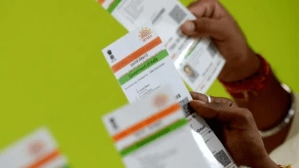Samples collected from people suspected to have Monkeypox would be sent to the National Institute of Virology (NIV)-Pune for tests. According to reports, citing an interim advisory issued by the National Centre for Disease Control (NCDC), Director of Public Health G. Srinivasa Rao has asked Health teams to be alert about people with an unexplained rash.
Other than sample testing, the procedure followed in case of a suspected/ confirmed case is similar to the protocol observed during the COVID-19 outbreak. Moreover, people suspected of Monkeypox would be isolated at designated healthcare facilities until all lesions are resolved and a fresh layer of skin forms, or until the treating physician decides to end isolation.
If there were to be a suspected case, samples consisting of fluid from vesicles, blood, sputum, etc. would be sent to NIV-Pune, as per the advisory. If a sample tests positive, contacts of the patients in the last 21 days would be identified. Suspected cases would be reported to District Surveillance Officers.
The World Health Organisation has stated that Monkeypox is caused by the Monkeypox virus, a member of the Orthopoxvirus genus in the family of Poxviridae. It typically presents clinically with fever, rash, and swollen lymph nodes.
“Monkeypox is transmitted to humans through close contact with an infected person or animal, or with material contaminated with the virus,” the WHO states. According to health experts, it is transmitted from one person to another by close contact with lesions, body fluids, respiratory droplets and contaminated materials such as bedding.
Essential facts about the disease related to the symptoms, mode of transmission, incubation period, and others were communicated to the Health teams.








